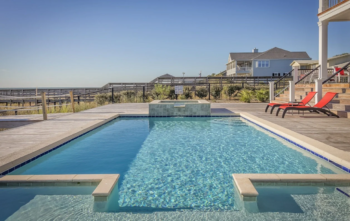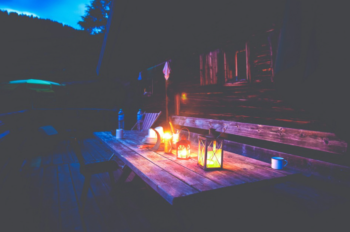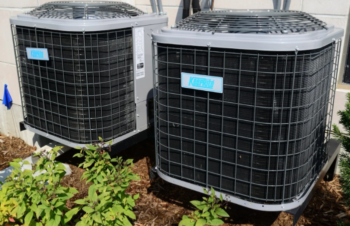Having a swimming pool at home could give your more tasks. It is a bit challenging to maintain the cleanliness of your pool. However, you won’t need to worry when it becomes green. Algae make it green, plus a chemical imbalance makes algae growth possible. Whenever there is enough free chlorine from the ocean, algae has trouble forming. If the chlorine can’t build up in large amounts, algae will grow. That’s why you agitate the pool with chlorine during part of the four-step process that follows. When the green returns, you can adjust the chemicals besides chlorine. In addition, you can check out HackRea.com to discover more maintenance hacks. Here are the steps you need to do when cleaning your green swimming pool;

Determine the Issue
If it’s too green, you may have to drain the pool and wash it with acid instead of treating it with shock. In acute cases, it’s cheaper and much less time-consuming to drain the pool and wipe it with acid, even if it costs money to fill it. If you are willing to see at least six to eight inches below the surface, the pool can probably be treated. For instance, you could notice the top of the first ladder of the pool. After determining, it does not need to be drained and can be treated, and then you can proceed from that point.
Examine the Water
 If the pool is green, it’s clear that few contaminants that are likely to be agitated. It means that you might need to perform chlorine testing. But you should check the pH because if the pH is too high, the pool will be shock contaminated. A shocked pool will most likely be muddy anyway until the dead algae and other solids are filtered out, but a higher pH can result in a specifically muddy pool.
If the pool is green, it’s clear that few contaminants that are likely to be agitated. It means that you might need to perform chlorine testing. But you should check the pH because if the pH is too high, the pool will be shock contaminated. A shocked pool will most likely be muddy anyway until the dead algae and other solids are filtered out, but a higher pH can result in a specifically muddy pool.
It would be better to use a high-quality test kit to determine pH. However, inexpensive test strips will give you a fantastic idea of your pH is high or low. You want it to be lower: 7.2 or maybe less. Don’t worry about adding a little too much because the pool may have too low acidity (low pH) for swimming. Then, you will need to look at the pH again after four hours and then rinse.
Maintain Chlorine Levels
It would be best to buy a 25-pound container of chlorine granules instead of the individual one-pound bags sold at pool stores or large chain stores. You can save a lot of money, and in the long run, you’ll need the chlorine to buy smaller doses from time to time. Keep the chlorine flowing evenly through the water along with the filter pump so that the entire pool is covered until five pounds of shock, about ten gallons of liquid chlorine, are used at a time. Also, be sure to use an excellent algaecide to add after several hours of current. A flocculant can be used at this point to make the dead algae particles clump together.
Perform the Pumping and Filtering
 You will need to flush the already clarified pool and run the pump for 24 hours. Make sure the pool drain is not clogged with leaves or anything else during this pumping process. After 24 hours of flow and connections, you will notice the change. Your pool should no longer be green. But it will probably still be cloudy and will need a fantastic amount of cleaning and purging over the next few days. There will probably still be isolated, stubborn green spots that need a little cleaning.
You will need to flush the already clarified pool and run the pump for 24 hours. Make sure the pool drain is not clogged with leaves or anything else during this pumping process. After 24 hours of flow and connections, you will notice the change. Your pool should no longer be green. But it will probably still be cloudy and will need a fantastic amount of cleaning and purging over the next few days. There will probably still be isolated, stubborn green spots that need a little cleaning.
After the pumping process, you will need to perform the filtering method. Cartridge filters need to be cleaned more frequently than other filters in this process: twice a day for at least two days or before the flotation is visible. If you received a D.E. filter and the cloudiness doesn’t go away, your filter may be clogged and maintenance or repair. Therefore, it is beneficial to prevent green pools frequently.





